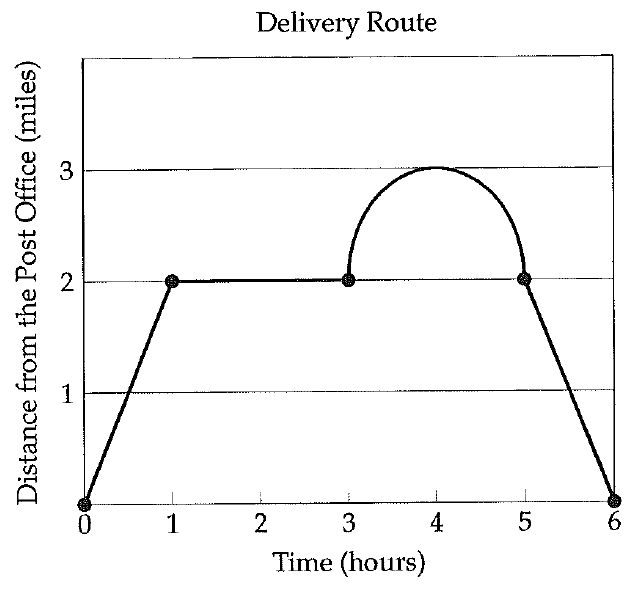COIN TOSSING EXPERIMENT
Coin tossing experiment always plays a key role in probability concept. Whenever we go through the stuff probability in statistics, we will definitely have examples with coin tossing.
Sample Space
When a coin is tossed, there are two possible outcomes.
They are 'Head' and 'Tail'.
So, the sample space S = {H, T}, n(s) = 2.
When two coins are tossed,
total number of all possible outcomes = 2 x 2 = 4
So, the sample space S = {HH, TT, HT, TH}, n(s) = 4.
When three coins are tossed,
total no. of all possible outcomes = 2 x 2 x 2 = 8.
So, the sample space is
S = {HHH, TTT, HHT, HTH, THH, TTH, THT, HTT},
n(s) = 8
In this way, we can get sample space when a coin or coins are tossed.
Note :
In coin toss experiment, we can get sample space through tree diagram also.
Probability Formula
We can use the formula from classic definition to find probability in coin tossing experiments.
Let A be the event in a random experiment.
Then,
n(A) = Number of possible outcomes for the event A
n(S) = Number of all possible outcomes of the experiment
Here "S" stands for sample space which is the set contains all possible outcomes of the random experiment.
Then the above formula will become.
To have better understanding of the above formula, let us consider the following coin tossing experiment.
A coin is tossed once.
S = {H, T} and n(S) = 2
Let A be the event of getting head.
A = {H} and n(A) = 1
Then,
P(A) = n(A)/n(S)
= 1/2
Solved Problems
Problem 1 :
A coin is twice. What is the probability of head ?
Solution :
When two coins are tossed,
total no. of all possible outcomes = 2 x 2 = 4.
And we have, we have the following sample space.
S = {HH, TT, HT, TH} and n(S) = 4
Letting A be the event of getting head, we have
A = {HT, TH} and n(A) = 2
By the classical definition of probability,
P(B) = 2/4
P(B) = 0.50 or 50%.
Problem 2 :
A coin is tossed three times. What is the probability of getting :
(i) 2 heads
(ii) at least 2 heads
Solution :
When a coin is tossed three times, first we need enumerate all the elementary events.
This can be done using 'Tree diagram' as shown below :

Hence the elementary events are HHH, HHT, HTH, HTT, THH, THT, TTH, TTT.
That is,
S = { HHH, HHT, HTH, HTT, THH, THT, TTH, TTT }
Thus the number of elementary events n(s) = 8
(i) 2 heads :
Out of these 8 outcomes, 2 heads occur in three cases namely HHT, HTH and THH.
If we denote the occurrence of 2 heads by the event A and if assume that the coin as well as performer of the experiment is unbiased then this assumption ensures that all the eight elementary events are equally likely.
Then by the classical definition of probability, we have
P(A) = n(A) / n(s)
P(A) = 3/8
P(A) 0.375 or 37.5%
(ii) at least 2 heads :
Let B denote occurrence of at least 2 heads i.e. 2 heads or 3 heads.
Since 2 heads occur in 3 cases and 3 heads occur in only 1 case, B occurs in 3 + 1 or 4 cases.
By the classical definition of probability,
P(B) = 4/8
P(B) = 0.50 or 50%
Problem 3 :
Four coins are tossed once. What is the probability of getting at least 2 tails ?
Solution :
When four coins are tossed once,
total no. of all possible outcomes = 2 x 2 x 2 x 2 = 16
And we have, we have the following sample space.
S = {HHHH, TTTT, HHHT, HHTH, HTHH, THHH, TTTH, TTHT, THTT, HTTT, HHTT, TTHH, HTHT, THTH, HTTH, THHT}
and n(S) = 16
Let A be the event of getting at least two tails.
Then A has to include all the events in which there are two tails and more than two tails.
A = {TTTT, TTTH, TTHT, THTT, HTTT, HHTT, TTHH, HTHT, THTH, HTTH, THHT}
and n(A) = 11
By the classical definition of probability,
P(B) = 11/36
Kindly mail your feedback to v4formath@gmail.com
We always appreciate your feedback.
©All rights reserved. onlinemath4all.com
Recent Articles
-
AP Calculus AB Problems with Solutions (Part - 8)
Jan 30, 25 09:48 AM
AP Calculus AB Problems with Solutions (Part - 8) -
SAT Math Resources (Videos, Concepts, Worksheets and More)
Jan 29, 25 06:00 AM
SAT Math Resources (Videos, Concepts, Worksheets and More) -
Digital SAT Math Problems and Solutions (Part - 105)
Jan 29, 25 05:52 AM
Digital SAT Math Problems and Solutions (Part - 105)
